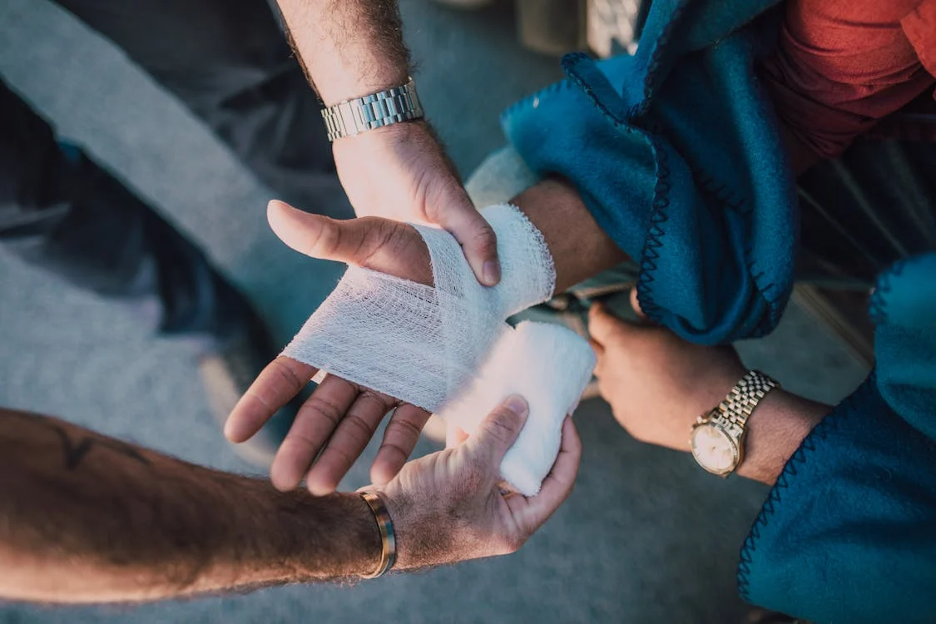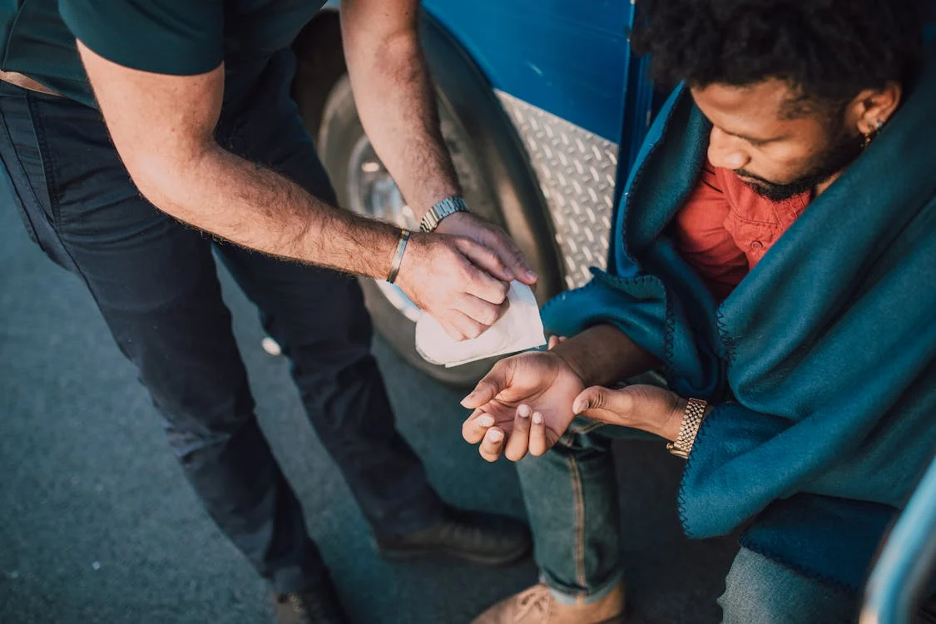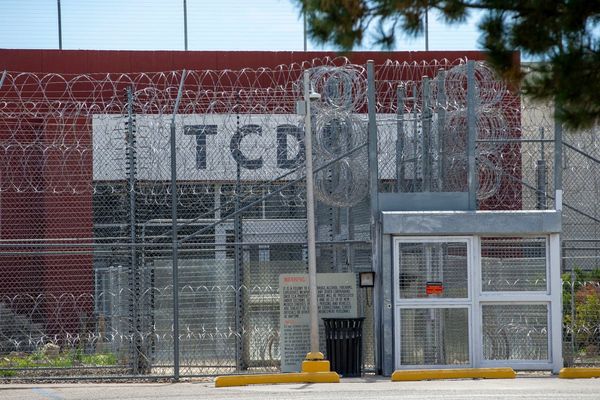Some personal injury stories go way beyond hospital bills and courtrooms. They land on the front page, trend online, and get debated on talk shows. From celebrity car crashes to tragic public accidents, these cases often unfold under the glare of cameras. But here’s the tricky part—once the headlines start flying, facts sometimes take a backseat. What’s reported and how it’s reported can shape public opinion, pressure the courts, and even affect case outcomes.
That’s why working with experienced legal counsel matters more than ever in high-visibility cases. Firms like GLG personal injury lawyers know how to steer the focus back to the evidence when media narratives start to twist the facts. Because when you’re fighting for justice and not just clicks, the last thing you need is for the news cycle to tip the scales.

Source: RDNE Stock project from Pexels
How Media Frames the Story (and the Victim)
Let’s be real—media outlets aren’t exactly known for their patience with nuance. In a high-profile injury case, the framing often gets decided fast. One victim might be labeled a “careless pedestrian,” while another gets painted as a “helpless passenger.” These early takes stick. They shape how people talk about the case—and sometimes, how jurors think.
Quick example?
When a well-known athlete was injured in a rideshare accident, early headlines focused on whether he had been drinking—despite no toxicology reports confirming it. That spin affected how fans, sponsors, and eventually insurers responded. Never mind that the driver ran a red light.
The takeaway? Victims often get defined before they get a chance to speak. And those labels can hurt their legal standing before a case even starts.
Jury Pools and the Power of Pre-Judgment
Jury selection is supposed to ensure a fair trial. But what happens when every potential juror has already seen the case on the news, social media, or YouTube? It gets complicated.
Studies have shown that pretrial publicity can sway juror perception—especially when stories focus more on drama than on facts. A sympathetic photo or a sensational quote can do more damage than most lawyers would like to admit.
Some courts try to fix this with “gag orders” or extended jury vetting. But it doesn’t erase what people have already read. For personal injury lawyers, that means more groundwork:
- Reframing the narrative inside the courtroom
- Addressing (without directly mentioning) public assumptions
- Focusing on verifiable evidence—not emotion
In these cases, the battle isn’t just against the defendant. It’s also against the storyline.
When Public Sympathy Runs Cold
Let’s flip the script. Sometimes the media doesn’t paint the victim as a saint. Sometimes, they question whether the person “deserves” a payout at all. This is especially common in cases involving:
- Pro athletes
- Influencers
- People with prior injuries or lawsuits
If someone is seen as wealthy, controversial, or litigious, the court of public opinion can turn fast. Headlines like “TikTok Star Sues Hotel After Slip” get more clicks than “Guest Injured on Neglected Property.” But those clicks come at a cost.
In these situations, personal injury lawyers often have to fight bias from both the public and the opposing legal team. Because if sympathy fades, so can the willingness to settle—or the generosity of a jury award.
The “Too Much, Too Fast” Factor
Another media trap? The assumption that a big payout is instant. News stories love to announce million-dollar verdicts, but they rarely mention:
- Appeals that can delay payment for years
- Reductions ordered by judges
- Medical liens that eat up the settlement
This creates public resentment. It makes people think victims are “cashing in” when really, they’re covering surgeries, therapies, or permanent disability adjustments. Lawyers not only have to manage expectations for their clients—they sometimes have to explain to reporters how settlements actually work.
Case Study: The McDonald’s Coffee Spill (Still Misunderstood)
Remember the infamous case of the woman who sued McDonald’s over spilled hot coffee? The media framed it as ridiculous. Headlines joked about “frivolous lawsuits” and “coffee too hot for adults.” What they didn’t highlight:
- The coffee was over 180°F
- The woman suffered third-degree burns and required skin grafts
- McDonald’s had over 700 prior complaints about the same issue
Because of that framing, the victim became a punchline. But the case actually led to industry-wide temperature regulation and sparked conversations about corporate negligence. It's a textbook example of how public perception can bury important legal facts.
How Injury Lawyers Help Clients Tune Out the Noise
Here’s where experienced lawyers really earn their keep. When clients are getting dragged online—or watching their name pop up in headlines—they need more than legal strategy. They need support.
Top-tier injury lawyers know how to:
- Advise clients on public statements (or when not to speak at all)
- Coordinate with PR professionals if needed
- Keep focus on medical recovery, not media reaction
- File motions to move trials out of biased jurisdictions when necessary
It’s not just about knowing the law. It’s about knowing how the spotlight can distort the fight—and how to keep your client standing in it.
Social Media: The New Battlefield
Gone are the days when a case stayed between lawyers and judges. Today, a single tweet can revive an old injury case—or sink a new one. Lawyers now have to deal with:
- Viral video clips
- “Trial by TikTok”
- Reddit speculation
- Influencer commentary
While some of it can help (especially if the video proves fault), much of it complicates the legal process. A meme can go global long before the real evidence gets submitted in court.
This is why many firms include social media guidance in their legal services. Clients are advised not just about what to post, but how to deal with being publicly dissected. The wrong emoji—or a “like” on the wrong comment—can get twisted by the other side’s legal team.
Final Verdicts, But Not Final Stories
Even when a case is closed, the media spin often lingers. Victims might still get called liars. Settlements might get misreported. And lawyers might have to clarify the record months (or years) after the judgment.
But it’s not all bad news.
When handled right, media attention can shine a light on broken systems, push for safety reforms, and hold powerful entities accountable. Injury lawyers who understand how the press works can use that attention to protect their clients—and, sometimes, help others avoid the same fate.

Source: RDNE Stock project from Pexels
Conclusion: Facts Over Flash, Always
It’s easy to get caught up in the drama of a high-profile injury case—especially when the media wants a hero and a villain. But injury law isn’t theater. It’s real people, real pain, and real consequences.
For anyone thrust into the spotlight after an accident, the best move isn’t to chase the narrative. It’s to build a solid case. Let the headlines swirl. With the right legal support, the truth has a way of cutting through the noise.







